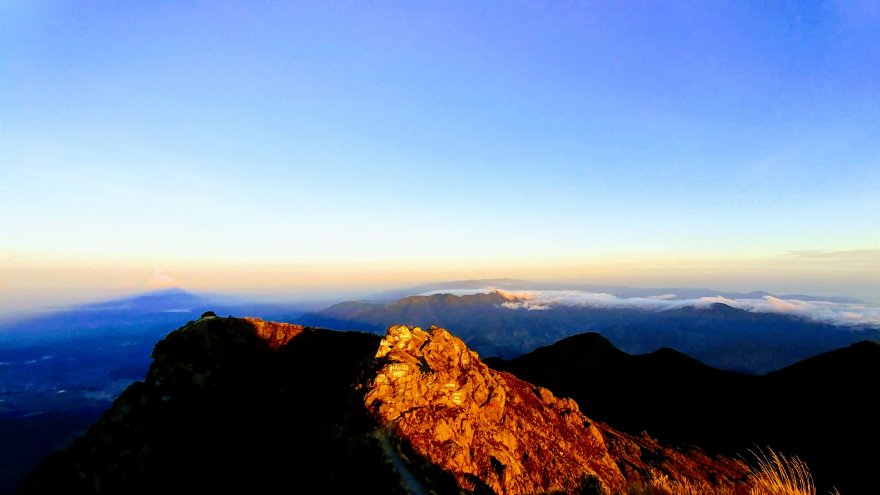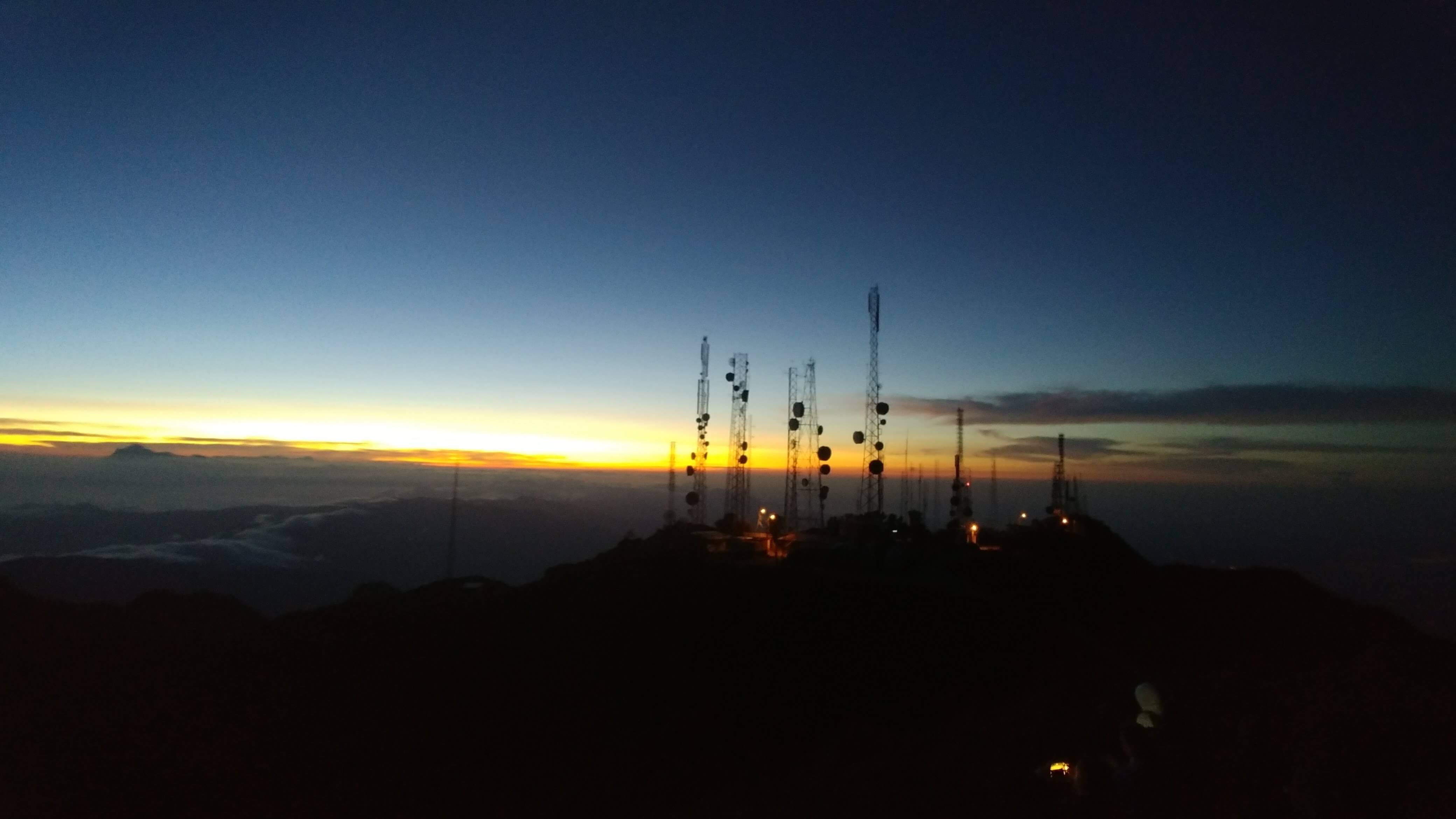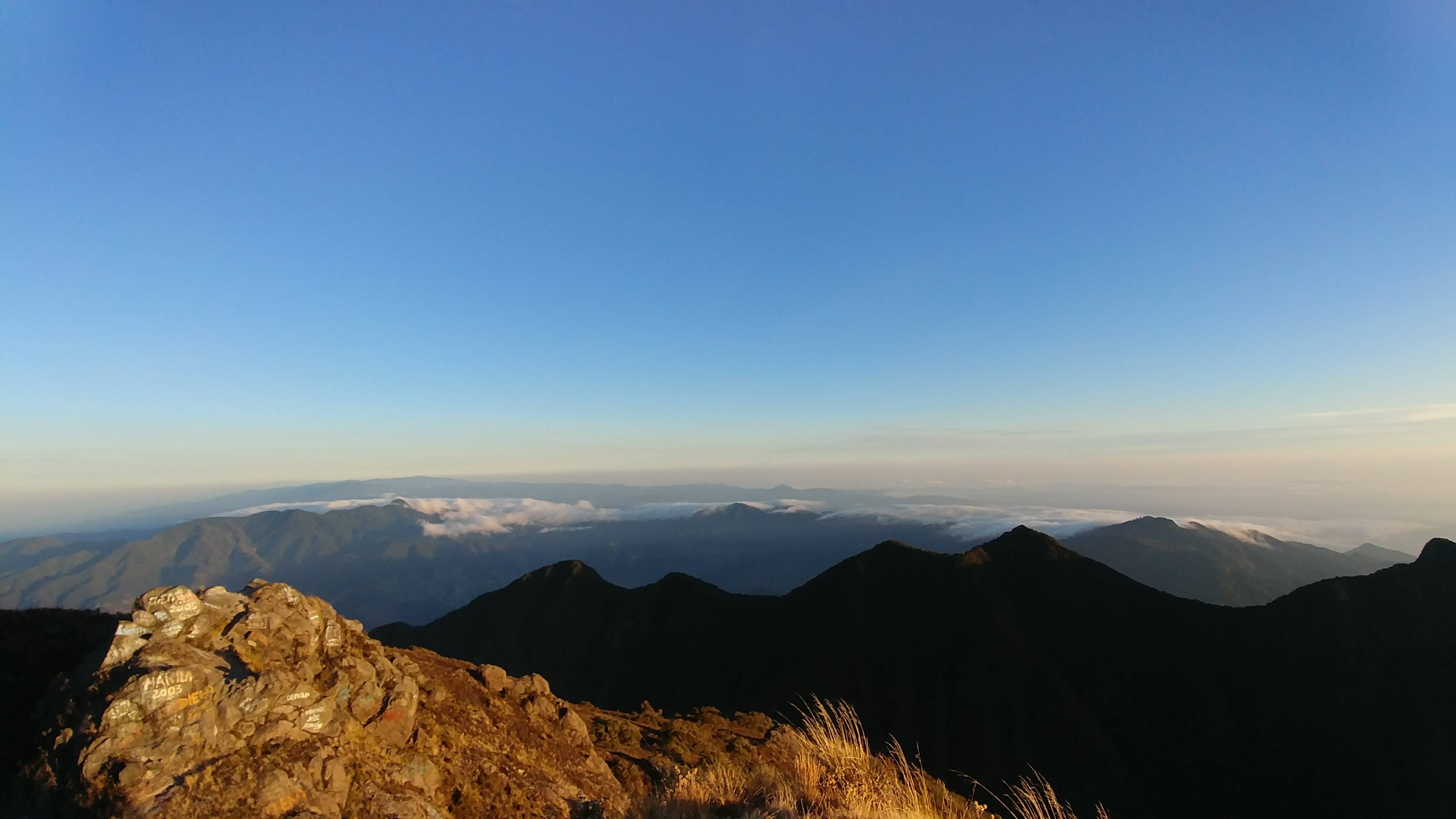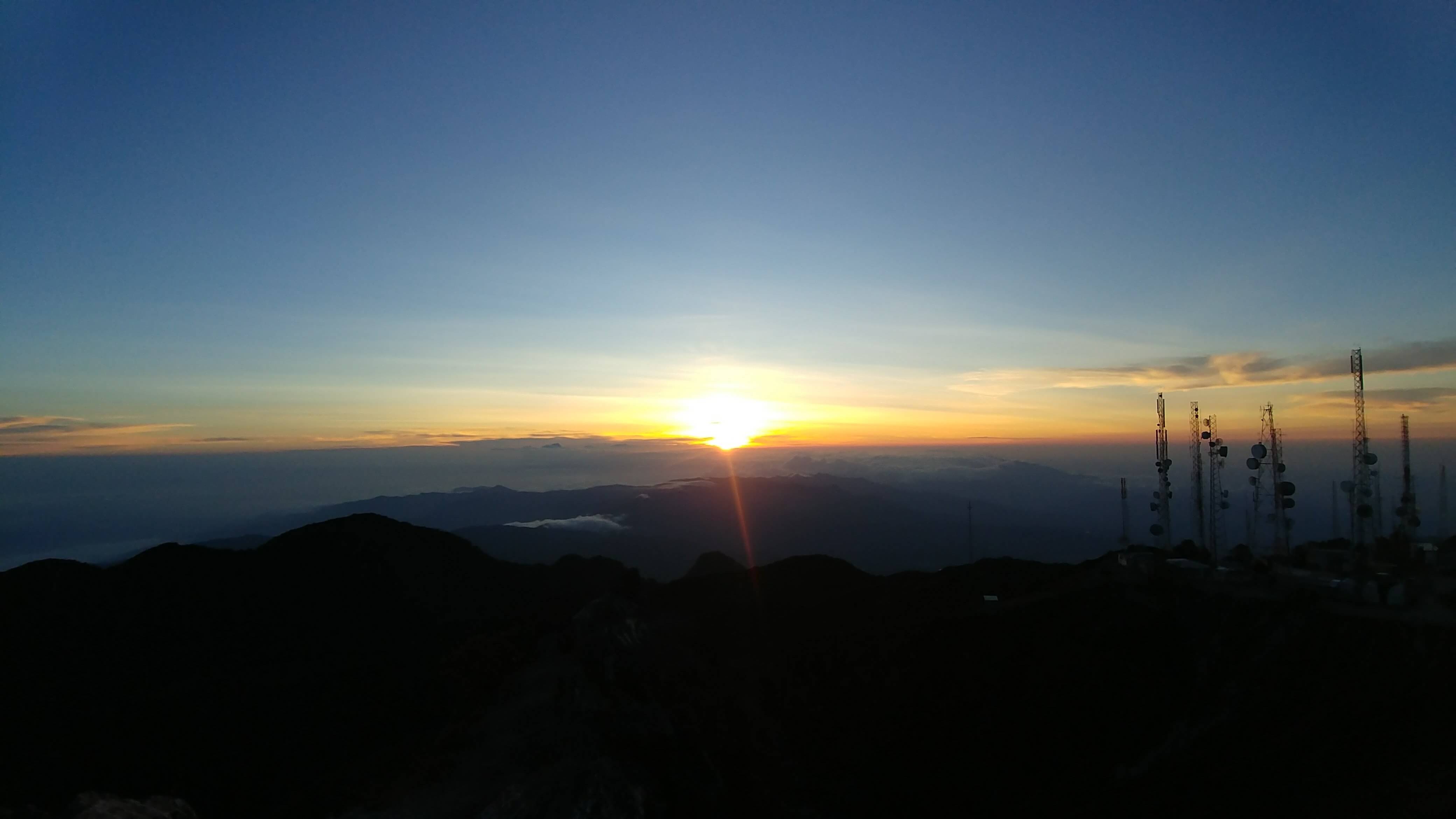Volcan Baru: The Highest Peak in Panama

Volcan Baru sits just 35 miles south of the Costa Rican border in the middle of the narrow isthmus of Panama. The location of the 11,411-foot peak offers those willing to climb it the rare opportunity to view both the Pacific Ocean and the Caribbean Sea from the same point.

Even if you are not blessed with a clear enough day to see both coasts, the summit of Volcan Baru presents a stunning panorama of the surrounding highlands. The trek itself takes you through the lush land of Volcan Baru National Park and gives you glimpses of the surrounding towns nestled in the valley.
The strenuous hike climbs steadily uphill for almost 8.5 miles. It typically takes an experienced hiker 5-6 hours to reach the summit and about 3 hours for the descent. The trek is difficult at a walk but that need not deter traveling trail runners looking for a challenge. The trail is well-maintained and, while you are constantly at an incline, the grade does not get too steep.
Getting there
The cool little mountain town of Boquete offers a refreshing reprieve from the steamy coastal towns of Panama. It is also the best location for completing the all-day Volcan Baru summit as well as many other hikes in the area.

The town is closest to the city of David and is a fairly common destination for travelers. There are plenty of options for boutique hotels and hostels that work with any budget and allow you to relax after a long day (or night) of hiking.
From the town of Boquete, you can take a taxi or bus to the entrance of the hike. Ask around and be sure to agree on a price before getting in a taxi or you may end up paying more. At the end of a hike, there is a shuttle that can take you back to town.
You can arrange a guided hike with transportation to and from Boquete but it is also possible to do the hike on your own.
The Trail

From the entrance, you will follow the wide dirt path as it gradually climbs and turns its way up the volcano. The trail is lined with forest on each side but offers frequent views of the surrounding valley and small towns. Take in the scenery and enjoy the sounds of wildlife as you continue your steady climb.
As you are nearing the end, the trail will decline gradually before you reach a series of steep switchbacks leading you to the summit. You will find some networking towers at the top. Continue past the towers until you see a rocky outcropping. There may be a surprising number of people up top as there are some tour groups that drive people to the summit. Take your time and climb a little further to enjoy the 360-degree panorama you earned. Up on the rocks, you will see a large white concrete cross and, if you’re lucky, you will be able to make out the coastline the Pacific Ocean to the south and the Caribbean Sea to the north.
Summiting for sunrise
Many hikers tack on the extra challenge of summiting the volcano to watch the sunrise. Beginning the climb around midnight provides plenty of opportunities for stargazing and watching the sun light up the surrounding hills is breathtaking. However, the darkness and colder temperatures do add some challenges.

Doing it at a run is possible but use a headlamp and extreme caution as you climb the rocky trail. Be sure to wear good footwear and bring extra layers. You will want to pace yourself so you don’t spend too much time waiting at the top as it can be very cold, particularly after you have worked up a sweat.
Trail Tips
Regardless of when you climb, here are some important tips for safety:
- Watch your footing. The trail is wide and well-maintained but there are plenty of loose rocks to slip on or roll your ankle, particularly on the descent.
- Dress warm and bring layers! This is especially important for those climbing for sunrise. The peak does not offer much protection from the wind and it can be below freezing up top. Try to pace yourself and take breaks so you don’t spend too much time up there.
- Bring plenty of snacks and water. There are no opportunities to purchase food or drinks anywhere in the park.
- Give yourself plenty of time. Panama is pretty close to the equator so you can expect roughly 12 hours of daylight regardless of the time of year you visit. If you are hiking during the day, leave early in the morning so you have enough time to make it down before the sun sets.
- Go in the dry season. Planning your trip between the months of December and May provides the best chances of viewing both coasts.
Sources
- , Hiking the Volcan Baru in Panama, Blog Post
- , Baru Volcano National Park, Web Page
Latest Articles
 Is Running on a Treadmill Easier Than Running Outside?Runners have their own preferences, whether it is treadmill running, running outside on the road, or exploring trails. So...
Is Running on a Treadmill Easier Than Running Outside?Runners have their own preferences, whether it is treadmill running, running outside on the road, or exploring trails. So... Is It OK to Use Trail Running Shoes on the Road?While trail running shoes can be used on roads, especially in situations where a runner encounters mixed terrains or pref...
Is It OK to Use Trail Running Shoes on the Road?While trail running shoes can be used on roads, especially in situations where a runner encounters mixed terrains or pref... How to Fix Sore Quads After Running?Rest, ice, gentle stretching, and over-the-counter pain relievers can help soothe sore quads after running. Also, ensure ...
How to Fix Sore Quads After Running?Rest, ice, gentle stretching, and over-the-counter pain relievers can help soothe sore quads after running. Also, ensure ... 10 Fruits With The Most Electrolytes to Replace Sports DrinksThese fruits are high in electrolytes such as potassium, magnesium, and calcium, essential for hydration, muscle function...
10 Fruits With The Most Electrolytes to Replace Sports DrinksThese fruits are high in electrolytes such as potassium, magnesium, and calcium, essential for hydration, muscle function...

